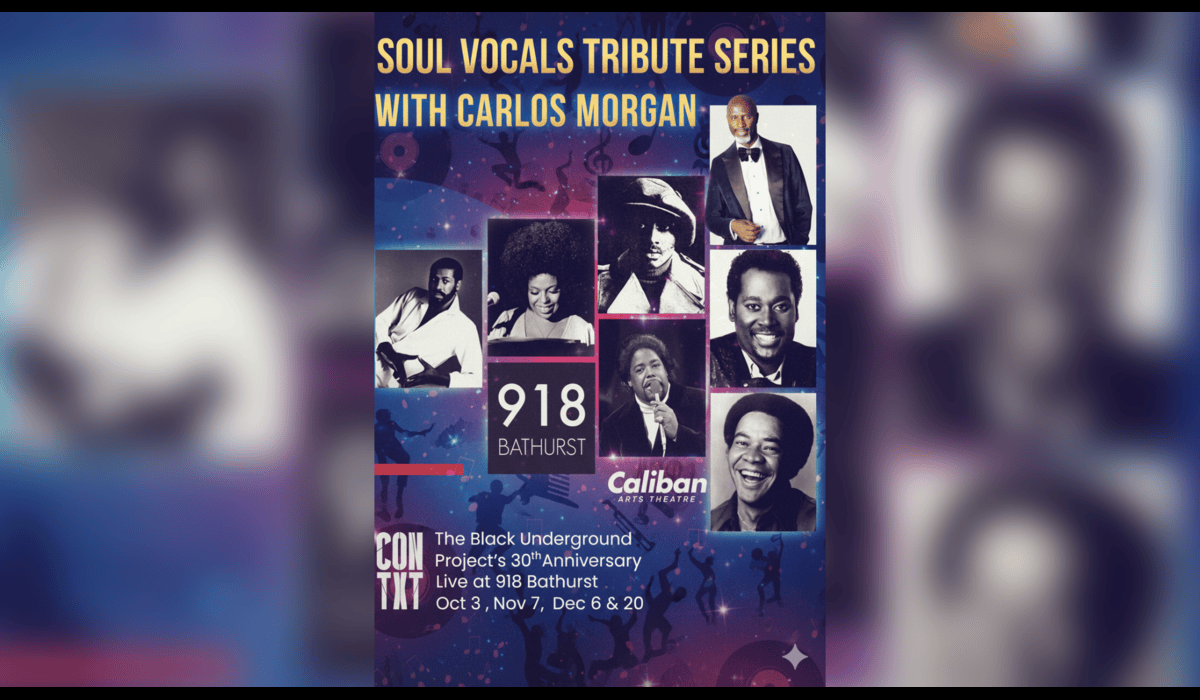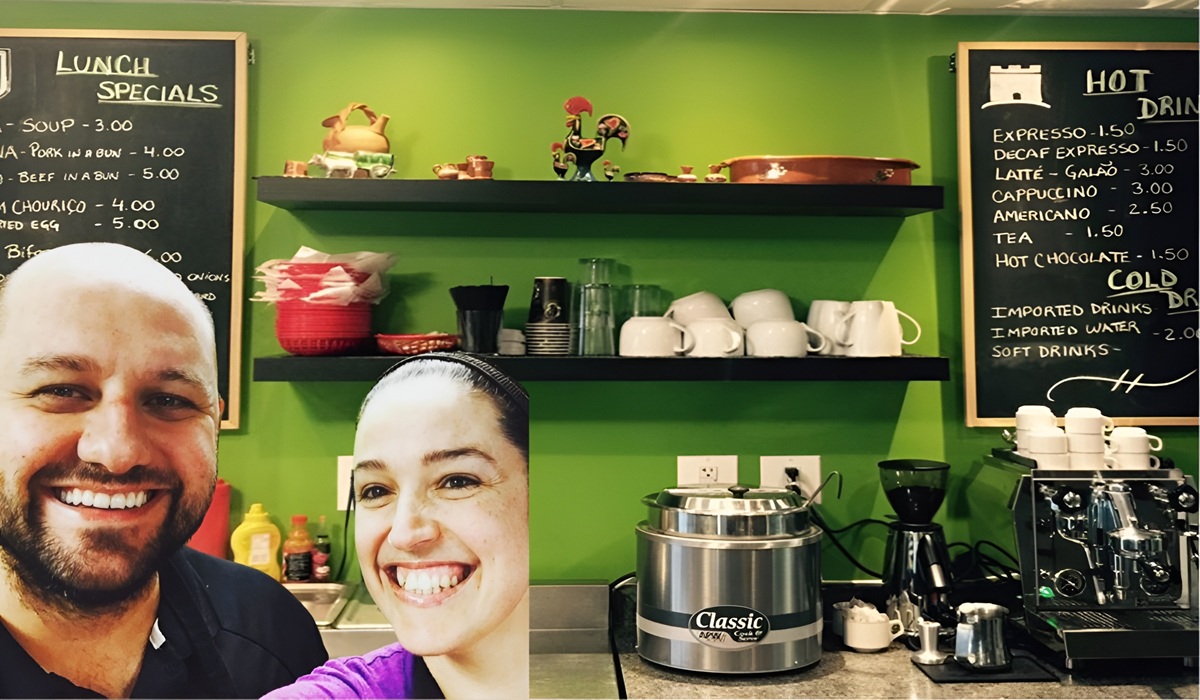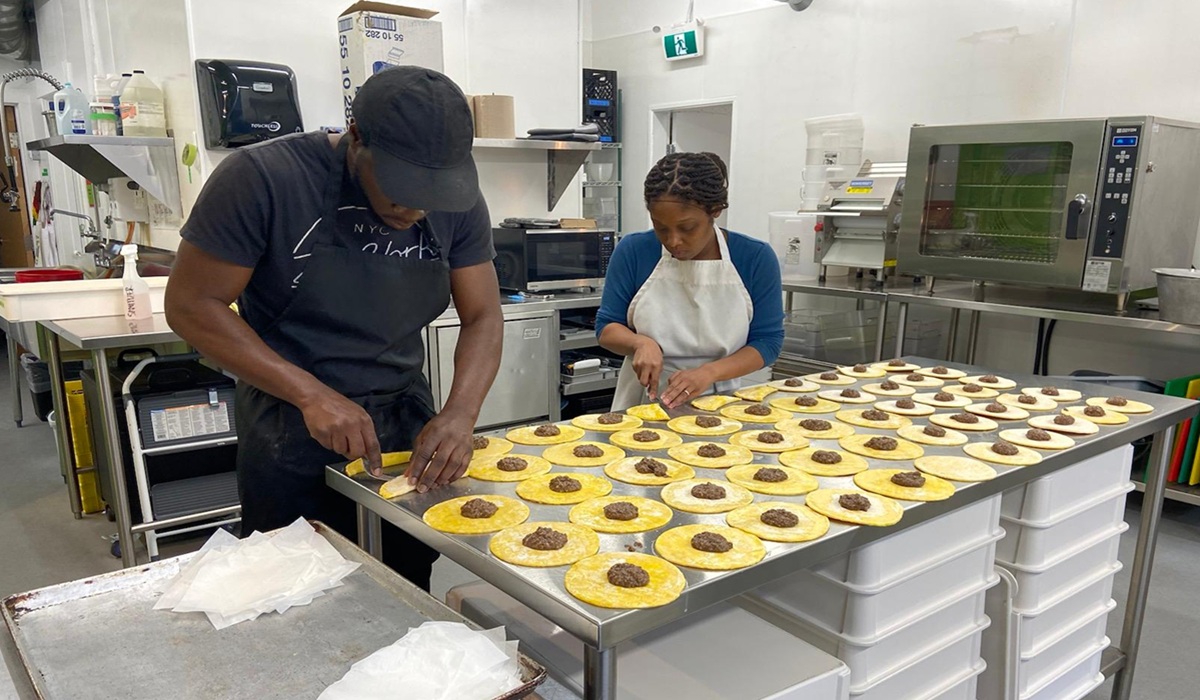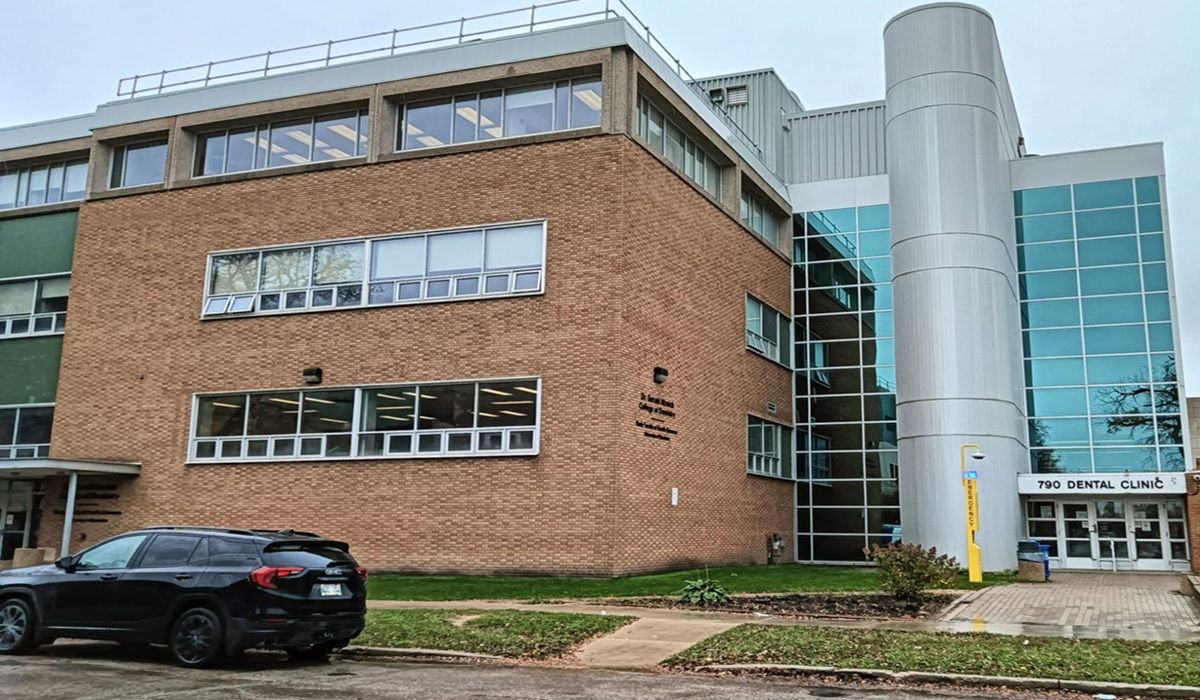The Endless #OpenToWork Banner Debate is Tiring
- Nick Kossovan
- The Art of Finding Work
- Trending News
- June 9, 2025

Image Credit, Reallywellmadedesks
A straightforward belief: A person’s results speak for themselves. Making excuses for being a “victim of,” “not having the same advantages as,” or blaming your parents, the government, and the stars not being aligned doesn’t change this. A person’s results are influenced by how they respond to their circumstances, their actions—playing the hand they’re dealt—and the amount of effort—strategic effort—they put forth.
When it comes to job search results, such as landing interviews, your results are a testament to the effectiveness of your job search strategy.
I’m sure you’ve noticed that many job seekers on LinkedIn harshly and venomously critique the job search strategies of other seekers. It’s no one else’s business how a job seeker conducts their job search, who ultimately must live with the results their job search strategy achieves. This supposed “concern” for what other job seekers are doing is why LinkedIn has become a digital hub for juvenile debates, the most prevalent being whether to use LinkedIn’s #OpenToWork banner feature, adding a green circle frame to your LinkedIn profile picture to inform LinkedIn members you’re seeking a new job.
My initial take:
“Care about what other people think, and you will always be their prisoner.” – Lao Tzu.
Why do so many people give a f*ck about what others do on social media? An incessant need “to be right” (You’re right, everyone else is wrong.) hinders personal growth. What prevents us from following the harmony principle: you do you, and I will do me? Basically, mind your own business!
My second take:
Before LinkedIn became the dumpster fire it is today, where job seekers congregate to bash employers, essentially biting the hands they want to feed them, and self-proclaiming “experts” offering pseudo job search advice, followed by a pitch for their overpriced, never-guaranteed service, LinkedIn was the go-to platform for announcing you were looking for a new job. Why LinkedIn? LinkedIn was where your current and former colleagues, friends, hiring managers, and recruiters hung out. These days, many managers, directors, executives and even recruiters avoid LinkedIn. They no longer see LinkedIn’s value or want to spend their time wading through the victim mentality drama that dominates the platform.
Once upon a time, you could concentrate all your job search efforts on LinkedIn. Today, LinkedIn should make up only a small part of your job search activities. The #OpenToWork banner is merely one tool in your job search toolkit. It’s unlikely that the banner alone will significantly influence your job search, either positively or negatively; however, every little bit helps.
The #OpenToWork banner debate generally centres on whether the green banner makes a person seem “desperate.” The banner is simply a sign that you’re open (available) to opportunities, serving the same purpose as a red neon ‘vacancy’ sign in the window of a roadside motel, indicating to travellers that rooms are available. Is the owner of the roadside motel making it known they have rooms available “desperate”?
- If I owned a retail store, I’d display a sign that tells people what I sell.
- If I were selling my house, I would put a sign on my front lawn.
- If I were opening a new dental clinic, I would advertise on billboards.
- If I were looking for a job, I’d…
What LinkedIn’s #OpenToWork doesn’t do is help you establish your value proposition. It’s your responsibility to demonstrate how you can contribute measurable value to an employer’s bottom line. Hiring managers filter LinkedIn profiles by skills, experience, and other factors related to their search criteria. Filtering by “Open-To-Work” won’t bring up LinkedIn profiles of those who possess the skills and expertise they’re seeking. However, if your profile appears in an employer’s or recruiter’s search and you’ve toggled on the “Open to Work” setting, which is unrelated to the #OpenToWork photo frame and, while visible to everyone, isn’t something recruiters and employers can search for, it makes sense, at least I think so, to contact you first since you’re advertising that you’re available and therefore are more likely to be open to discussing an opportunity than someone who’s currently employed and will need to be persuaded to leave their current position.
Advertising your availability doesn’t make you appear desperate; it removes ambiguity, making it easier for recruiters and employers to recognize candidates who are actively job searching. You’re not pleading for a job; you’re helping employers find you, which reflects a proactive mindset. I don’t know any recruiter or employer who holds a candidate’s proactive job search against them. However, it’s crucial to recognize that being easy to find on LinkedIn and the impression a recruiter or hiring manager gets from your profile are two entirely separate influences on your job search. Unless your profile clearly states, using quantifying numbers, the value you’ve added to your previous employers, your #OpenToWork banner’s effectiveness is almost nonexistent.
One last note: if you’re participating in the #OpenToWork banner debate, stop it! It’s not your concern how others conduct their job search. Keep your focus on what you need to do to achieve your desired job search results, which speak for themselves.
_____________________________________________________
Nick Kossovan, a well-seasoned corporate veteran, offers “unsweetened” job search advice. Send Nick your job search questions to artoffindingwork@gmail.com.








